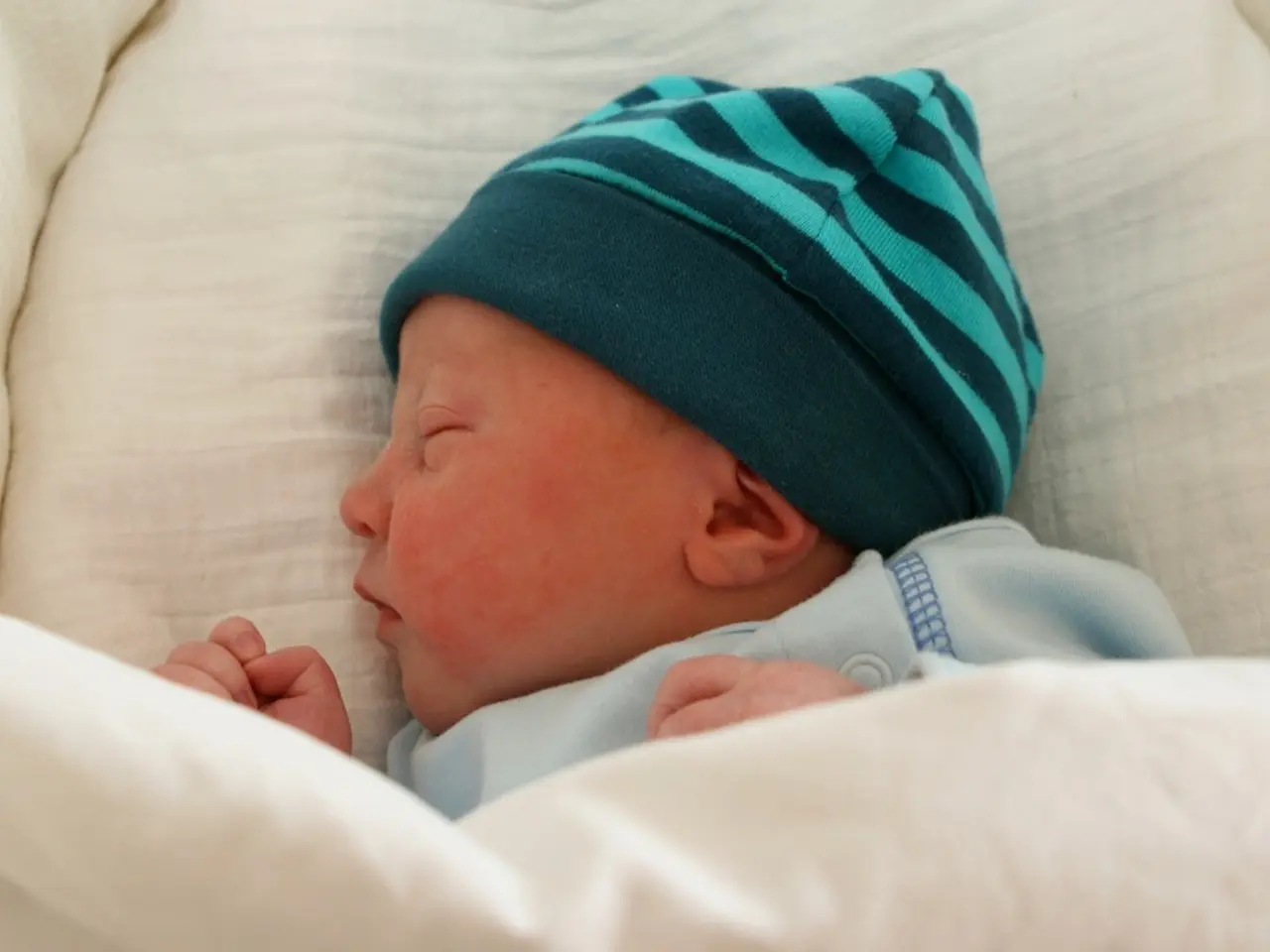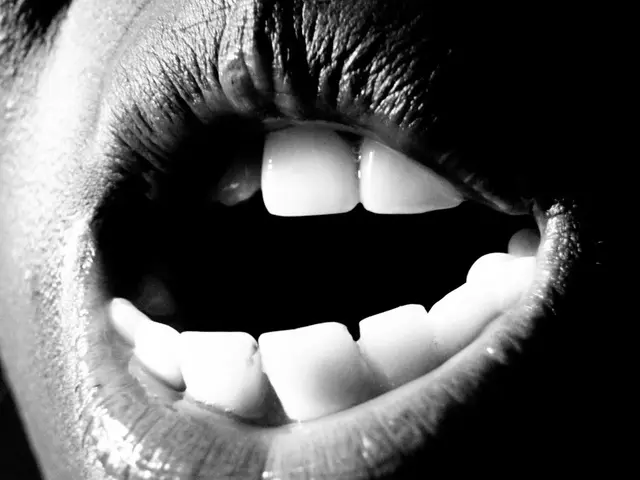Babies' Disturbing Nocturnal Episodes: Recognizing Symptoms, Understanding Root Causes, and Seeking Appropriate Remedies
Night terrors in infants are episodes of intense fear and distress during sleep, typically occurring when the child is transitioning between sleep stages. These episodes, which can be alarming for parents, are more common in young children and usually lessen by adolescence.
Night terrors are often triggered by disruptions in the transition between non-rapid eye movement (NREM) sleep and rapid eye movement (REM) sleep. Common contributing factors include genetics, sleep deprivation, fever or overheating, and underlying sleep disorders like sleep apnea.
During an episode, infants might scream, thrash, appear scared or confused, but typically do not remember the event afterward. Attempts to wake or comfort the child during an episode are generally discouraged, as they may increase confusion or agitation.
Management of night terrors in infants focuses on ensuring a safe sleep environment, maintaining consistent sleep routines, addressing possible triggers, and reducing stress. Most infants outgrow night terrors without any medication. In more severe or persistent cases, pharmacological treatments such as melatonin or benzodiazepines might be considered, but these are usually reserved for older children under medical supervision.
It is essential to note that night terrors do not stem from a health condition, but doctors should be notified if a baby seems very agitated or afraid during the day, or if a toddler walks in their sleep. No strategy has been scientifically proven to prevent night terrors, but keeping a log of night terrors and establishing a soothing nighttime routine may help identify triggers and reduce the occurrence.
Despite the lack of understanding regarding the causes of night terrors in infants, the American Academy of Pediatrics recommends that parents and babies share a room, but not a bed, for at least the first 6 months, and preferably the first year, of life. This practice can help monitor the baby's sleep patterns and respond promptly to night terrors.
Night terrors in infants are different from nightmares, which are frightening dreams that can leave lasting memories. If you suspect your infant is experiencing night terrors, it is crucial to consult a healthcare professional to ensure your child's wellbeing and explore potential strategies to manage the issue.
- Pediatrics play a crucial role in addressing night terrors in infants, as most babies outgrow them without medication, but parents should consult healthcare professionals to ensure their child's health and mental well-being.
- The American Academy of Pediatrics suggests sharing a room with the baby for at least the first 6 months, and preferably the first year, to monitor sleep patterns and respond promptly to night terrors, enhancing the overall health-and-wellness of the child.
- Night terrors, characterized by intense fear and distress during sleep, are more common in young children and lessen by adolescence, with sleep-related factors such as genetics, sleep deprivation, and underlying sleep disorders like sleep apnea being potential triggers.
- While there is no scientifically proven strategy to prevent night terrors, keeping a log of night terrors and establishing a soothing nighttime routine can help identify triggers and reduce the occurrence, promoting the overall health and mental health of children during parenthood.





